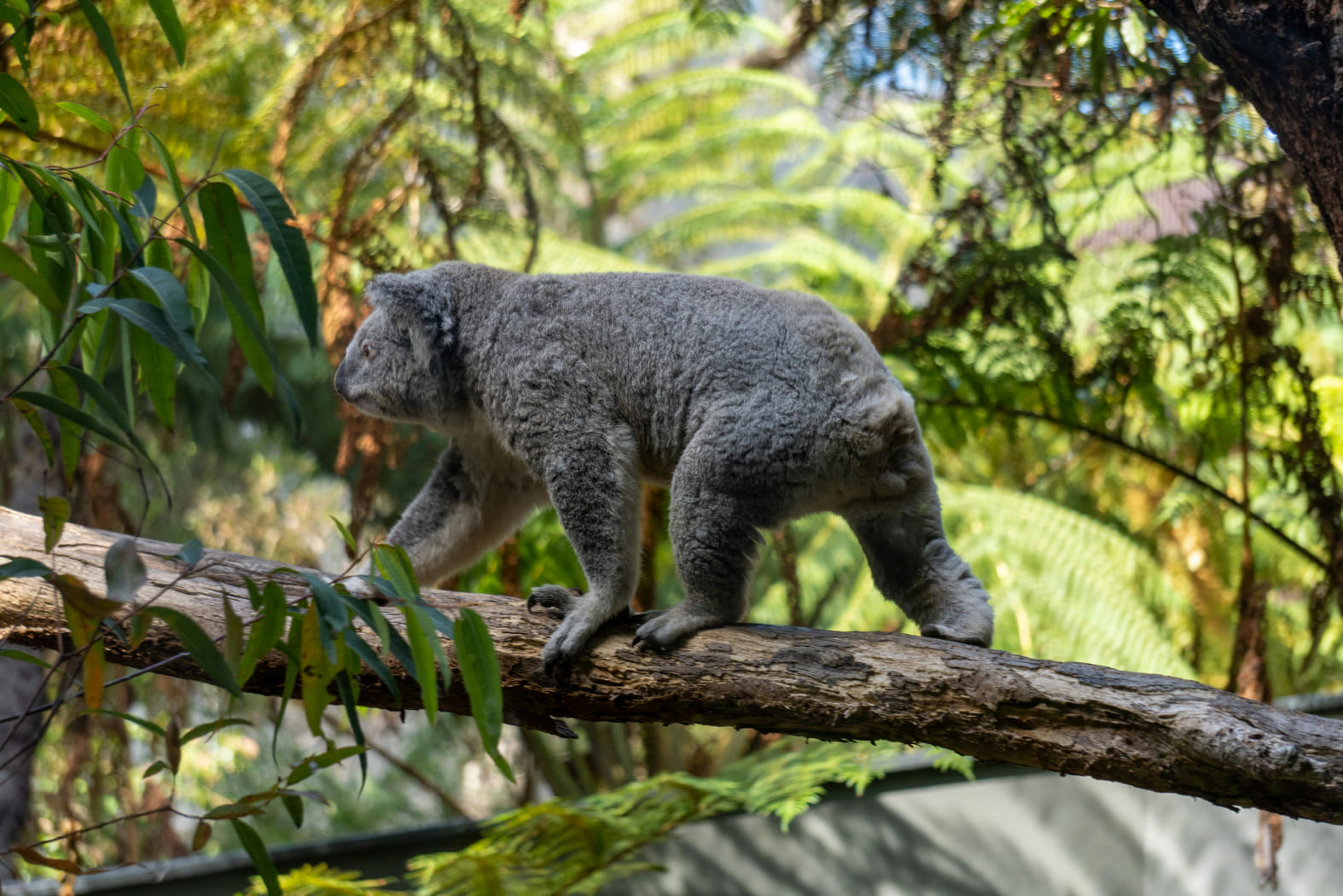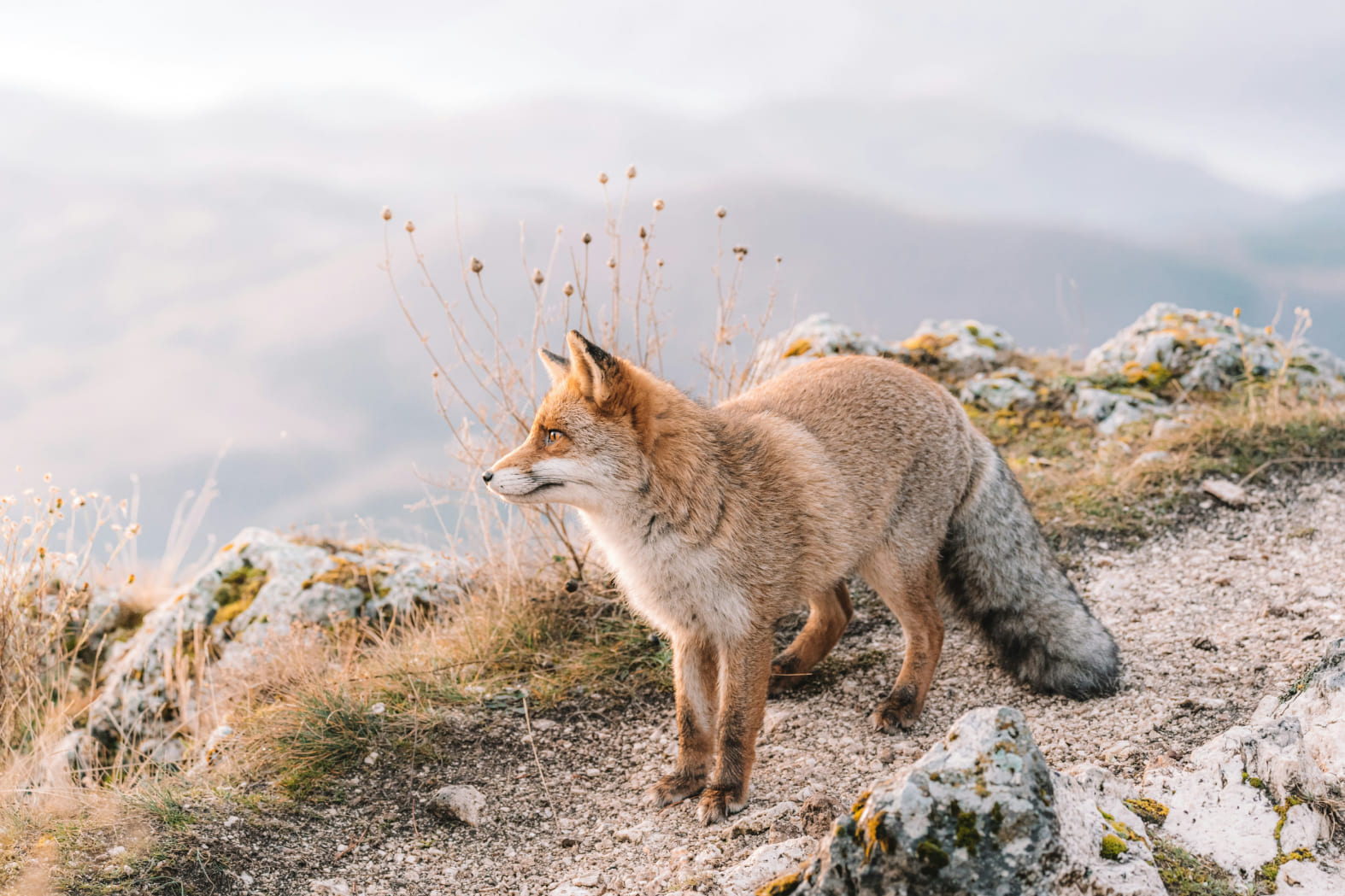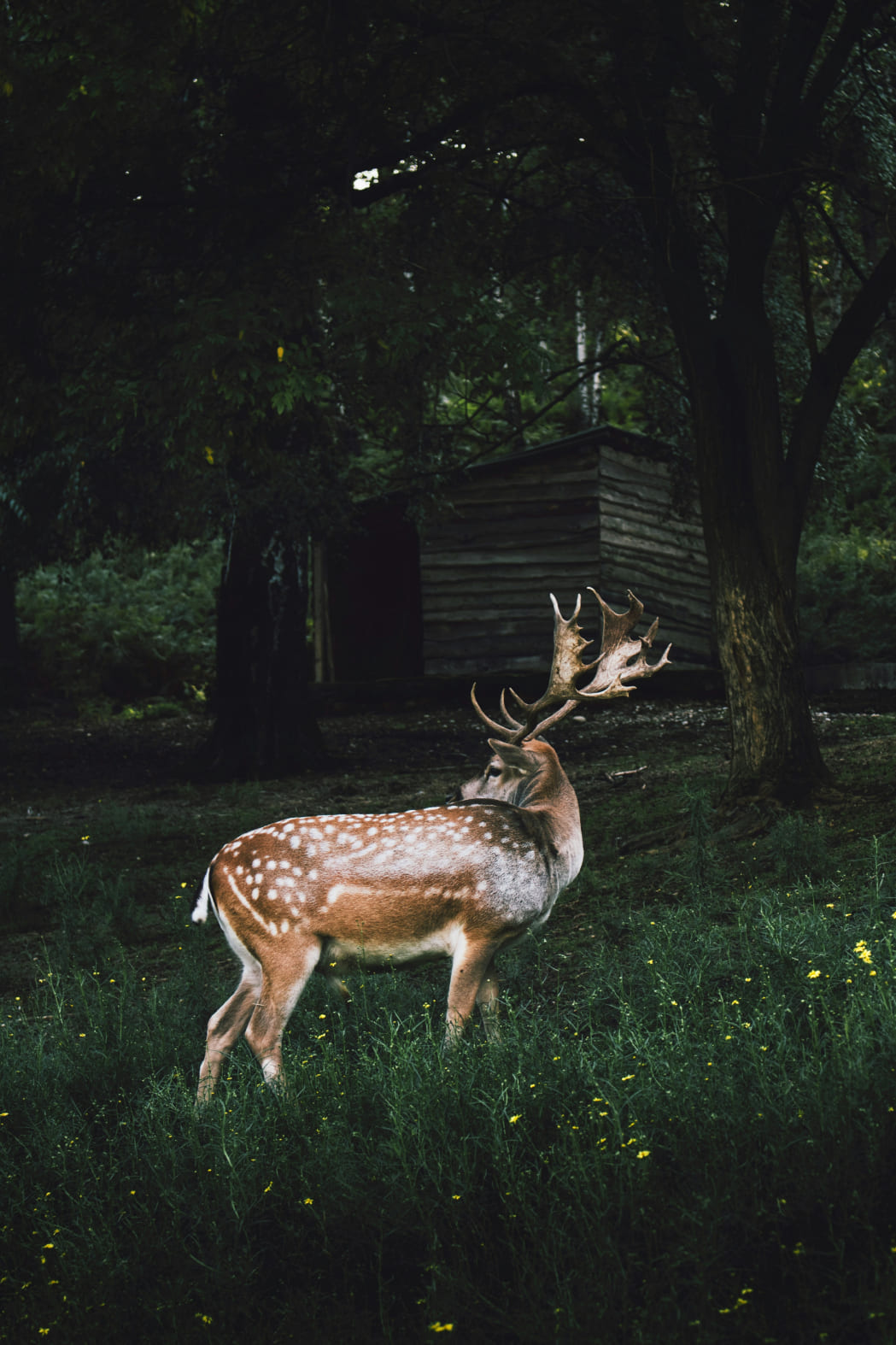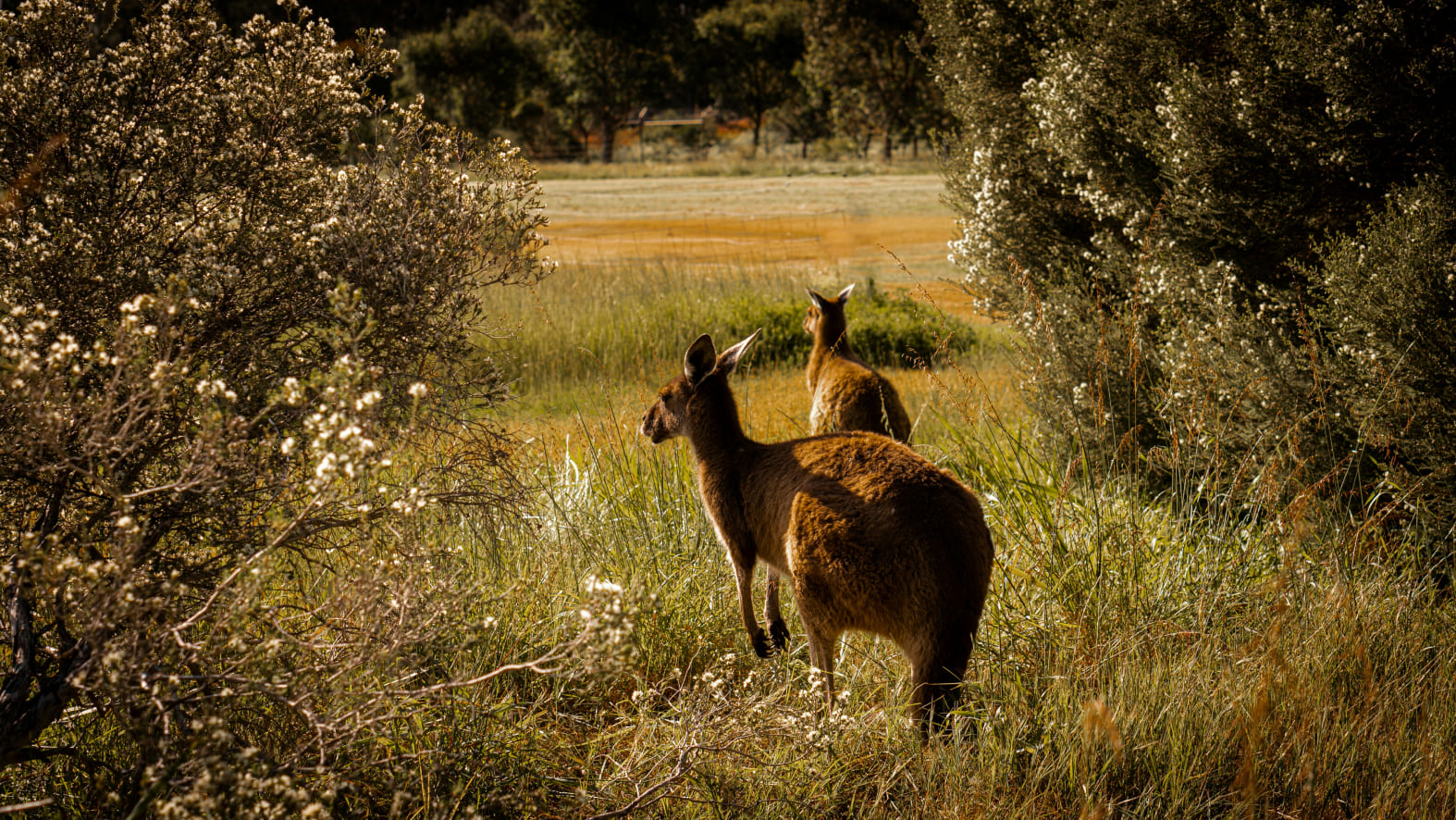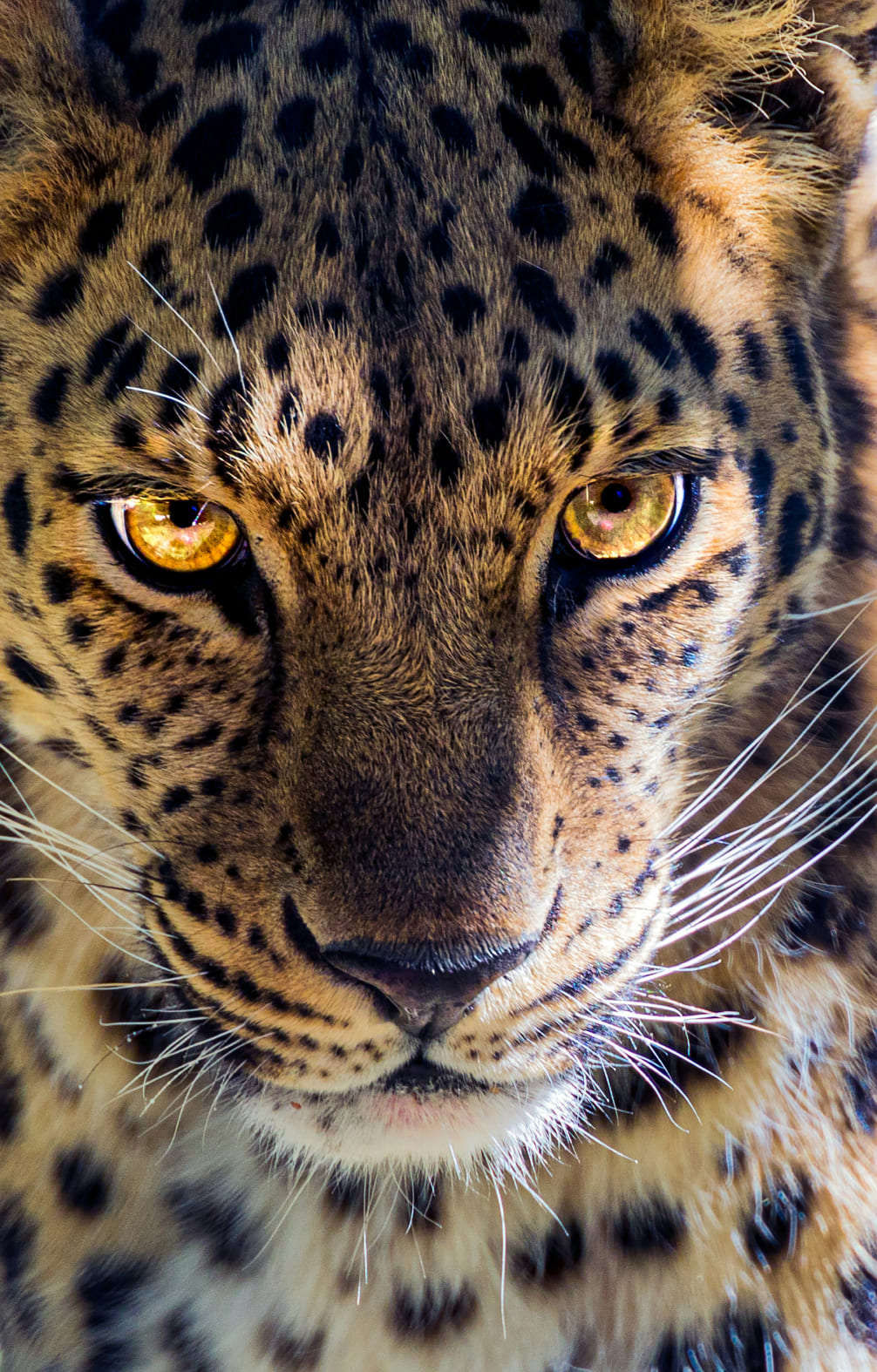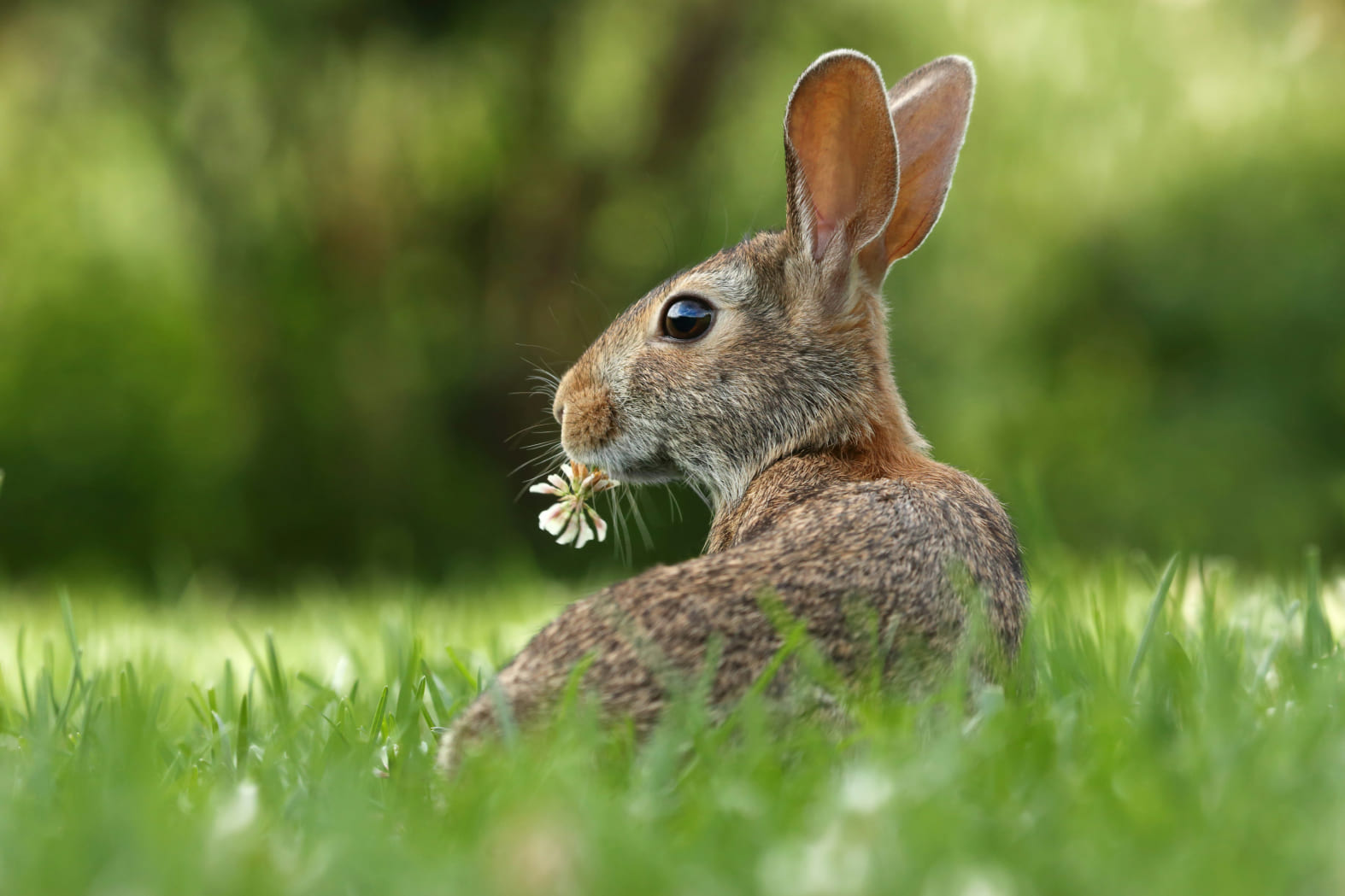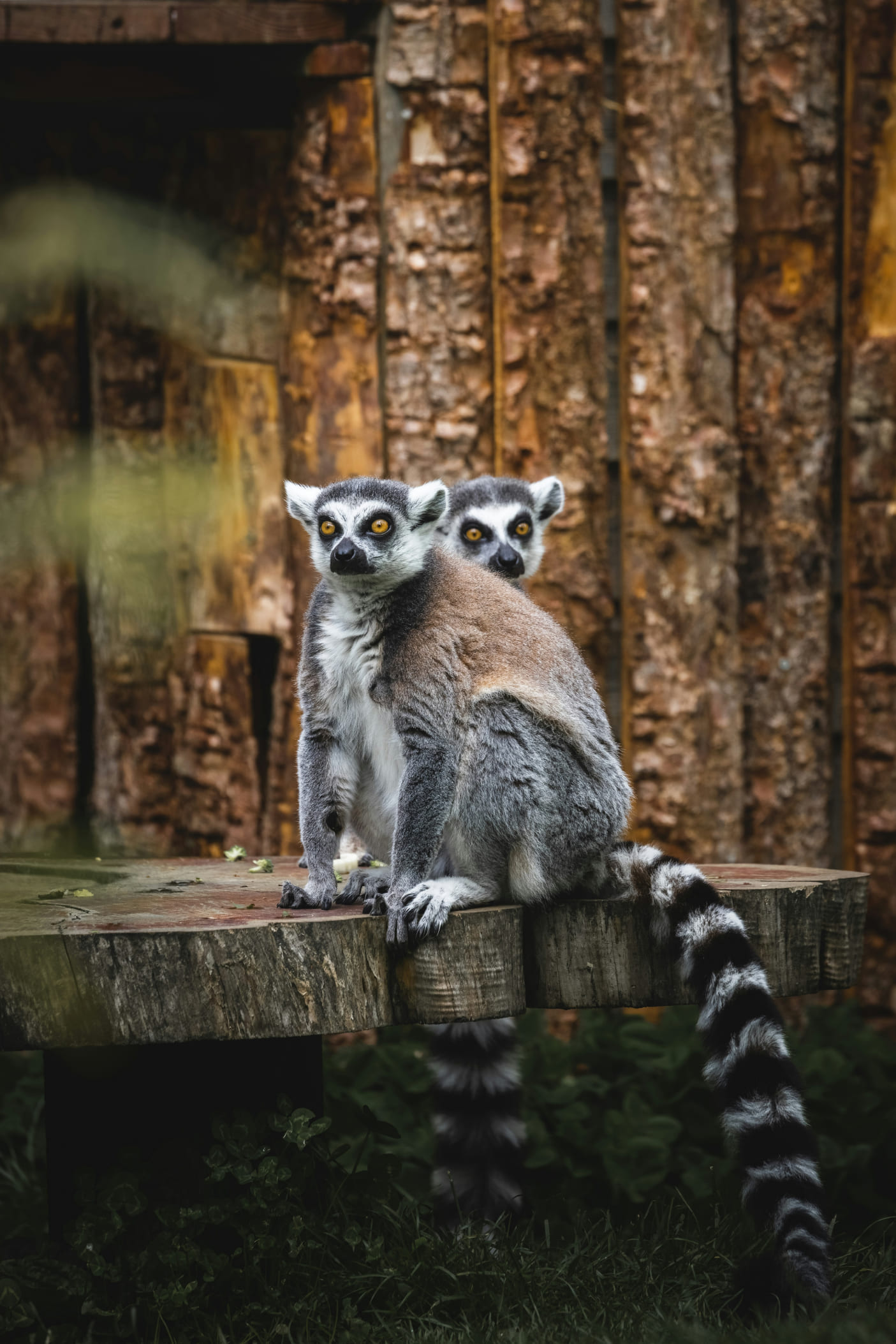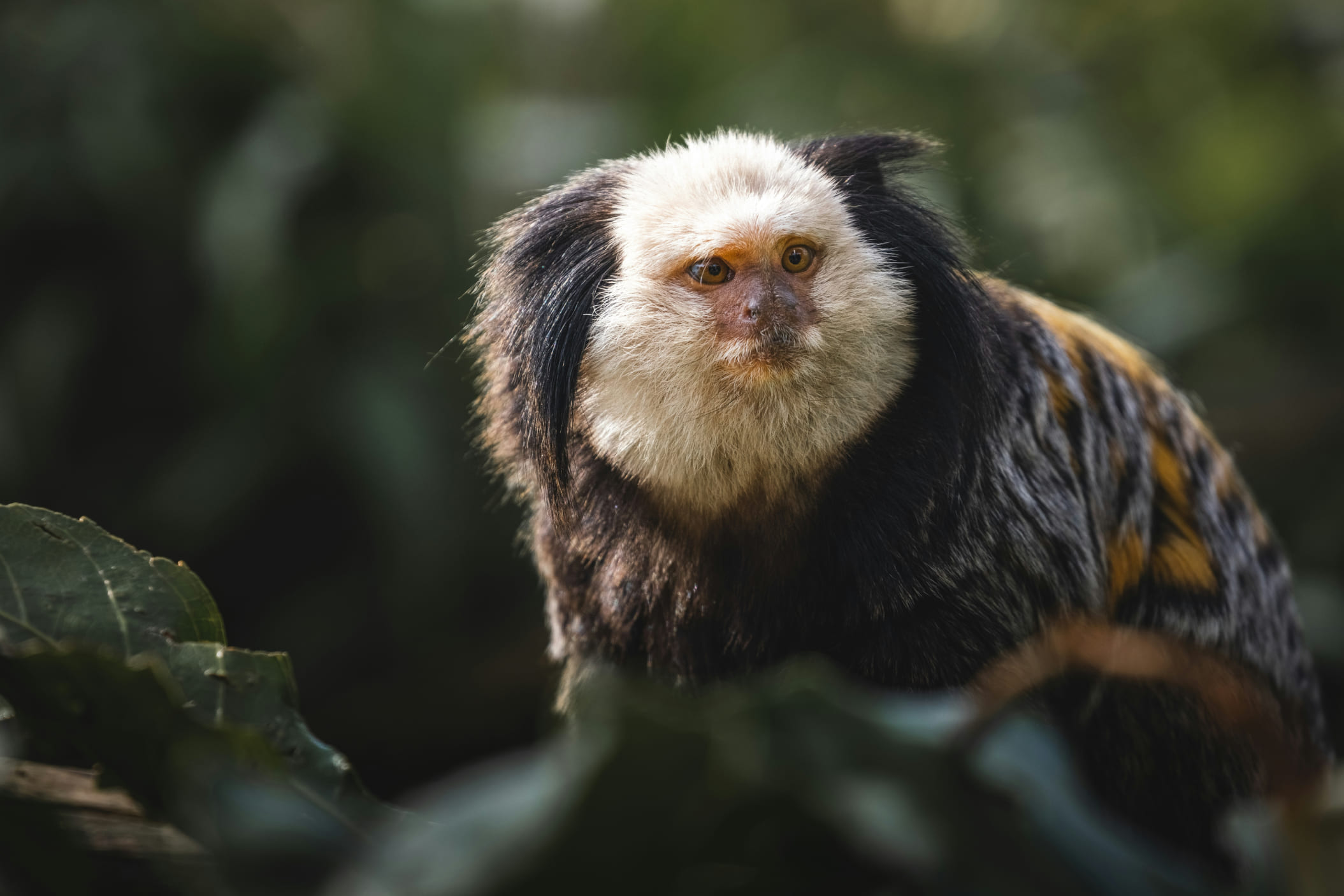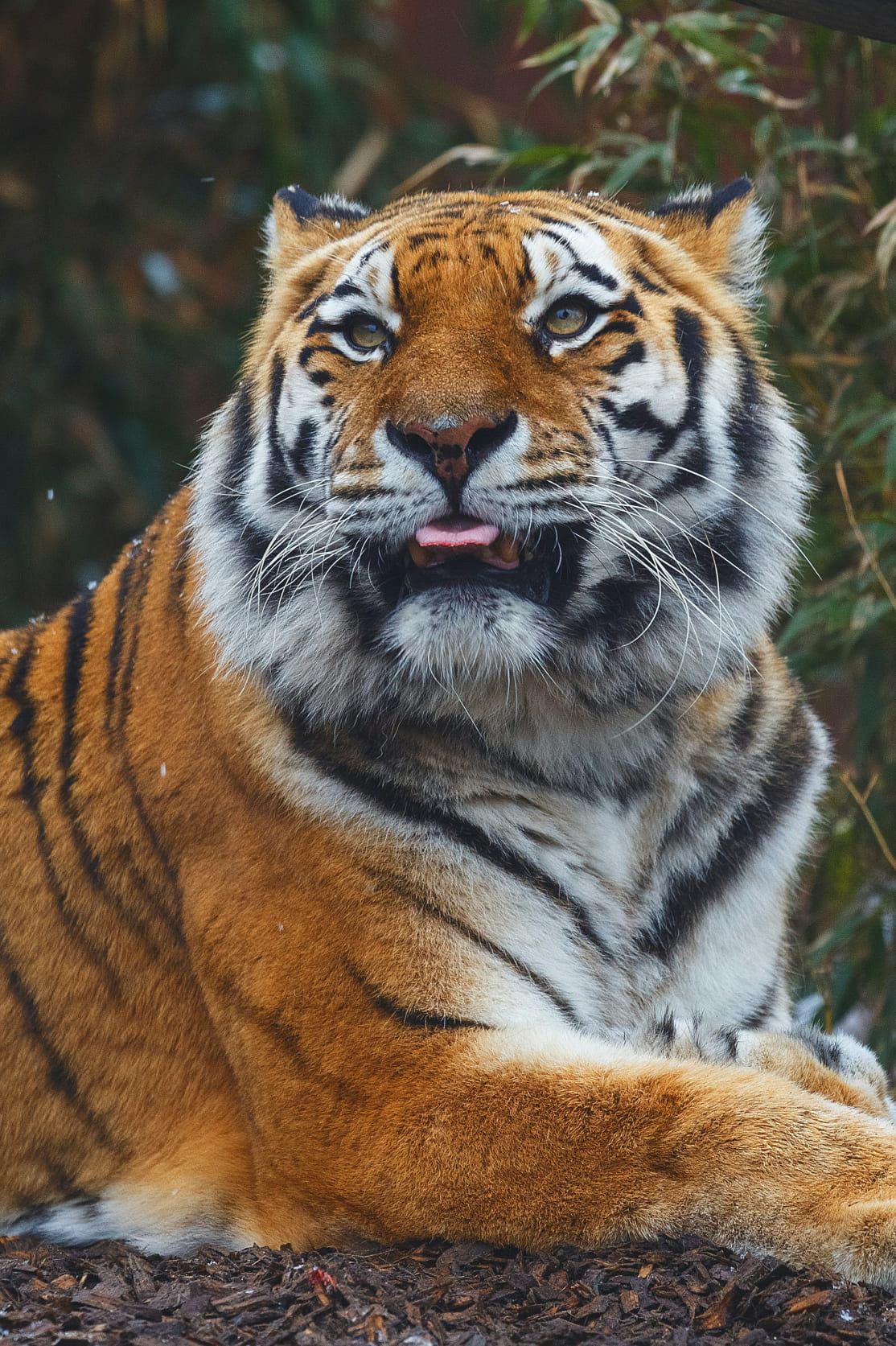Predators play a key role in controlling prey populations, which prevents overgrazing and helps maintain the balance of ecosystems. By keeping prey numbers in check, predators indirectly support plant diversity and the health of habitats, making them essential for ecosystem stability.
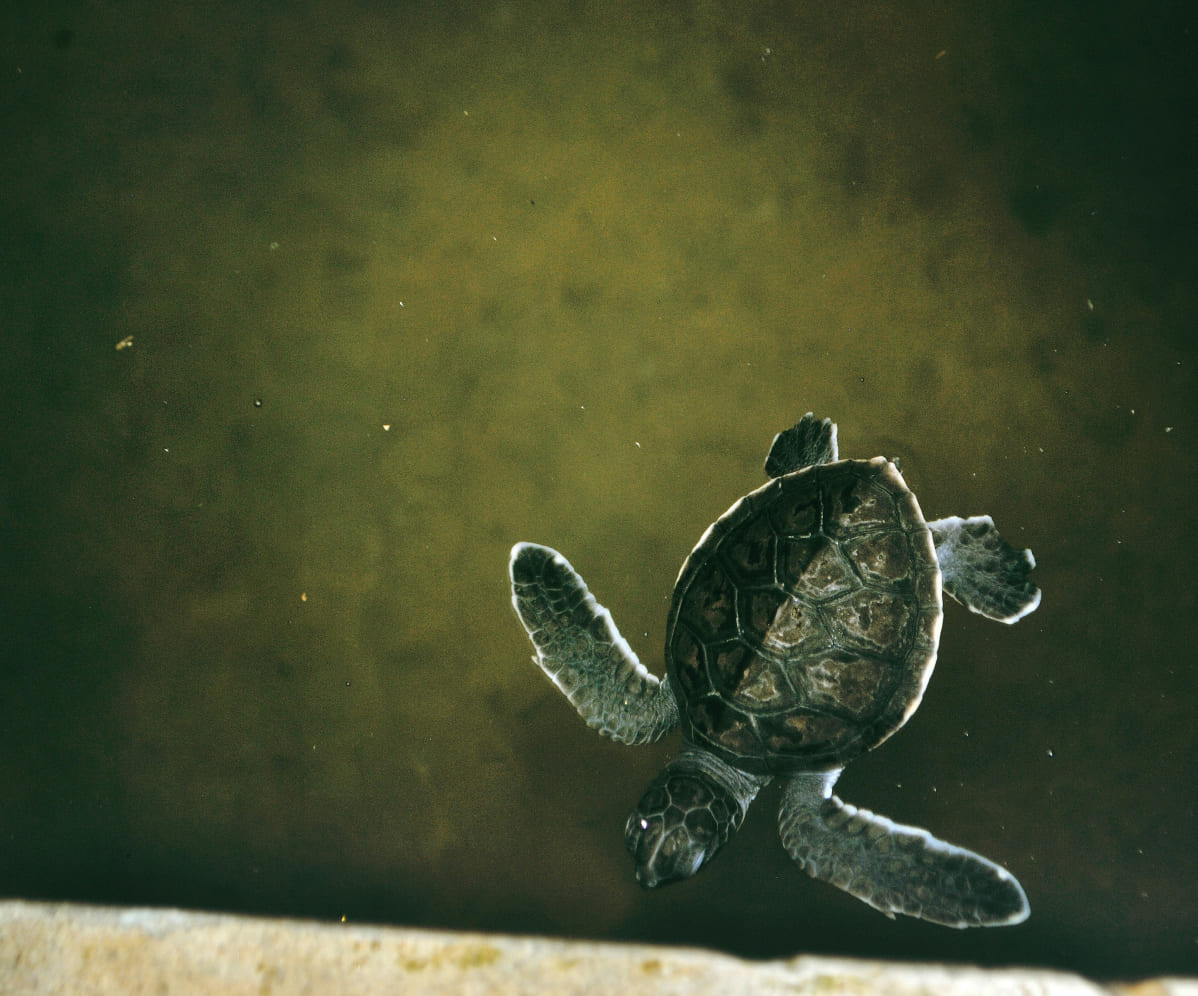
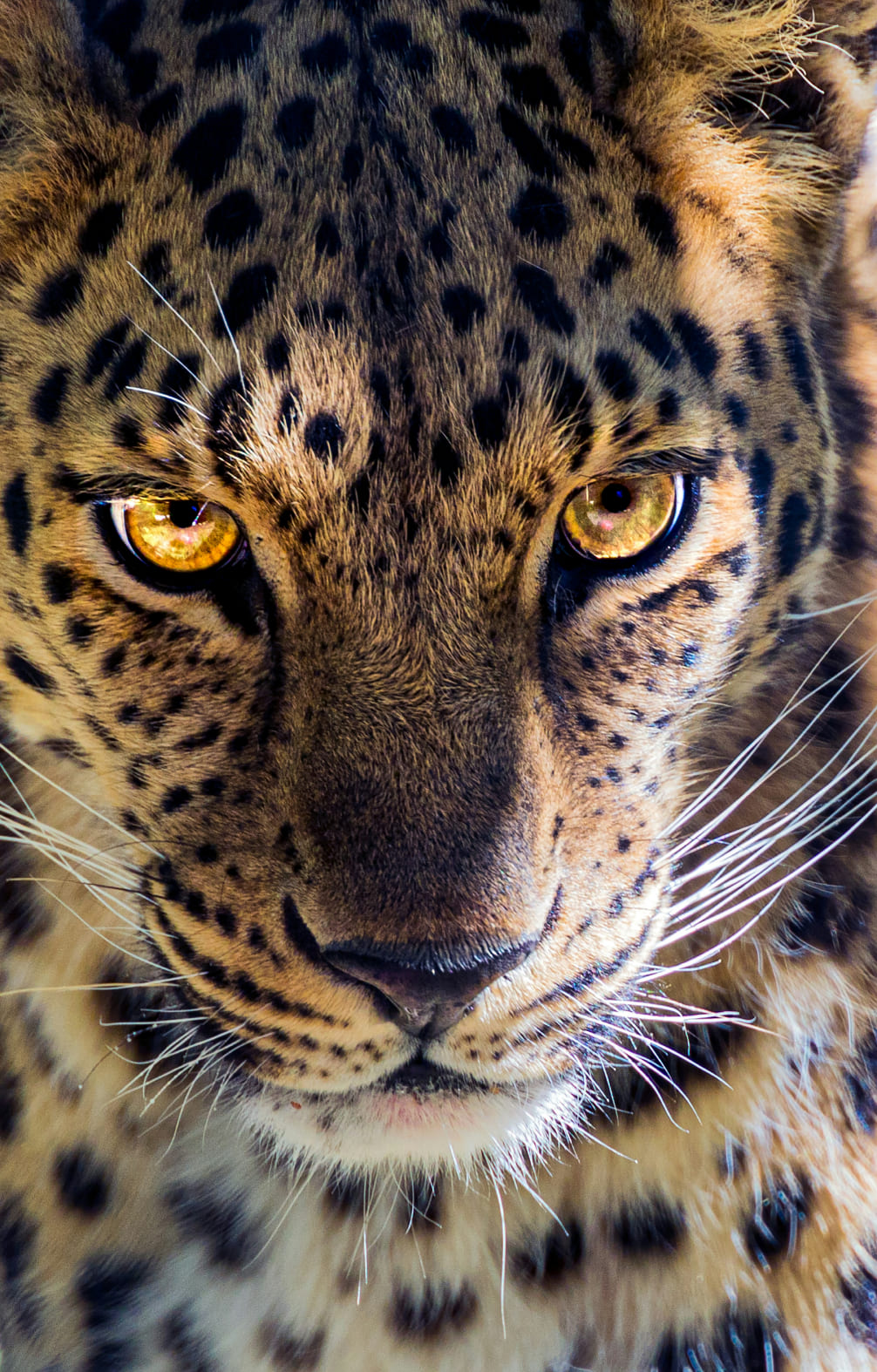
About Us
The Role of Predators in Maintaining Balance

Habitat loss due to deforestation, urbanization, and agriculture is one of the greatest threats to wildlife. When animals lose their homes, they struggle to find food, shelter, and mates. Preserving natural habitats is essential to protect the species that rely on these environments to survive.
Endangered Species: Why Conservation Matters
Many species face extinction due to human activities. Conservation efforts focus on protecting these animals and restoring their habitats. By supporting endangered species, we help preserve the delicate balance of ecosystems and prevent the loss of biodiversity.
testimonails
What people say

Animals
Interesting Facts

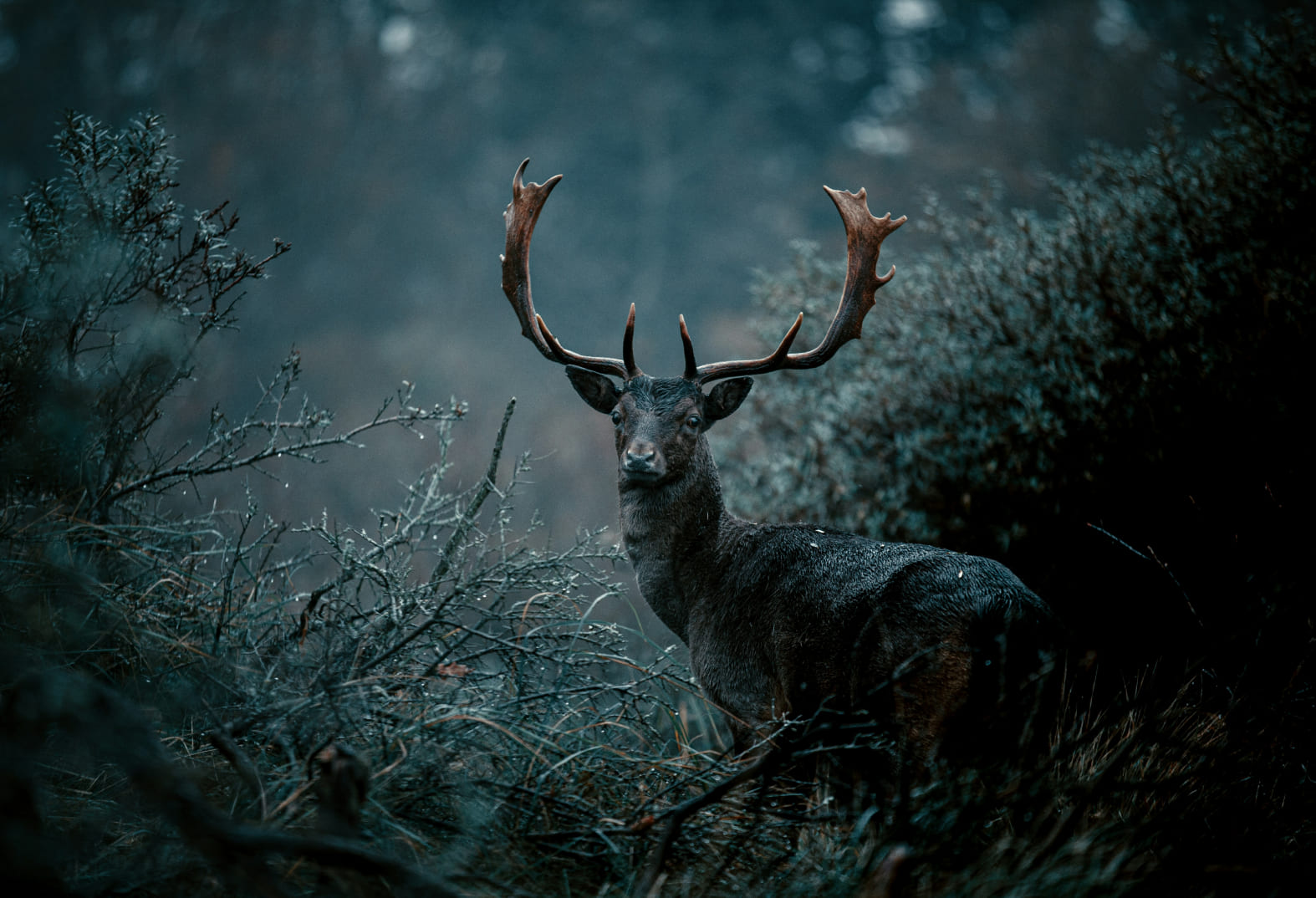
The Deer: Graceful Wanderer of Forests and Meadows
Deer are elegant and adaptive creatures found across various habitats, from dense forests to open grasslands. Known for their slender build, long legs, and often impressive antlers, deer are highly skilled in adapting to their environment.
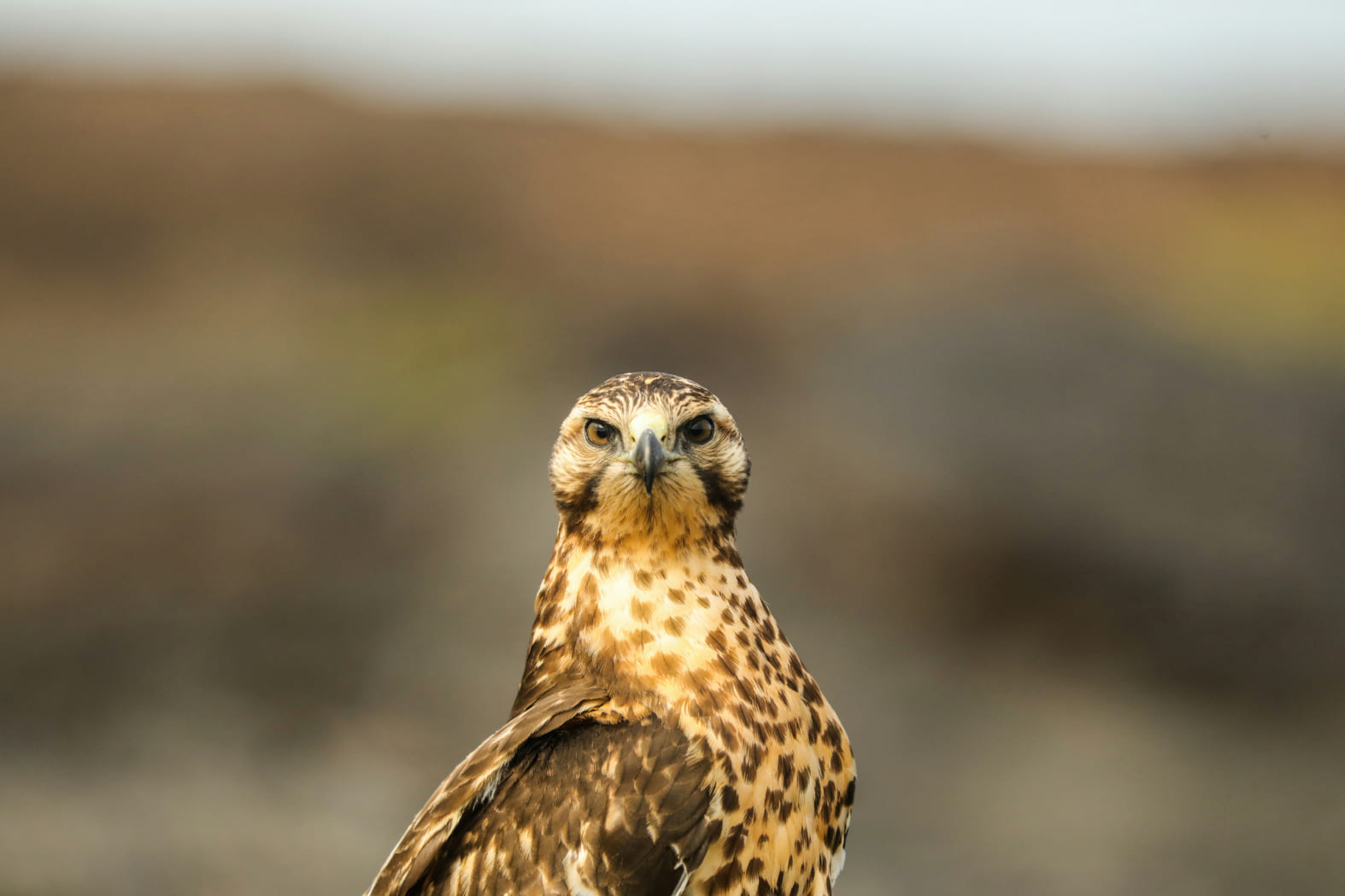
The Owl: Mysterious Predator of the Night
Owls are fascinating nocturnal birds of prey, known for their silent flight, wide eyes, and sharp talons. These birds are masters of adaptation, perfectly suited to hunting in low-light conditions. Found in various habitats worldwide, owls are powerful symbols of mystery and wisdom in many cultures.

The Gemsbok: Sturdy Survivor of the African Deserts
The gemsbok, a large antelope native to the deserts of Southern Africa, is known for its striking appearance and impressive survival skills. Recognizable by its long, straight horns and bold black-and-white facial markings, the gemsbok has evolved to thrive in some of the harshest environments on Earth.

The Spotted Deer: A Vision of Beauty in the Wild
The spotted deer, also known as the chital or axis deer, is a stunning species native to the Indian subcontinent. Known for its warm brown coat with white spots, which resemble a constellation against a rich backdrop.
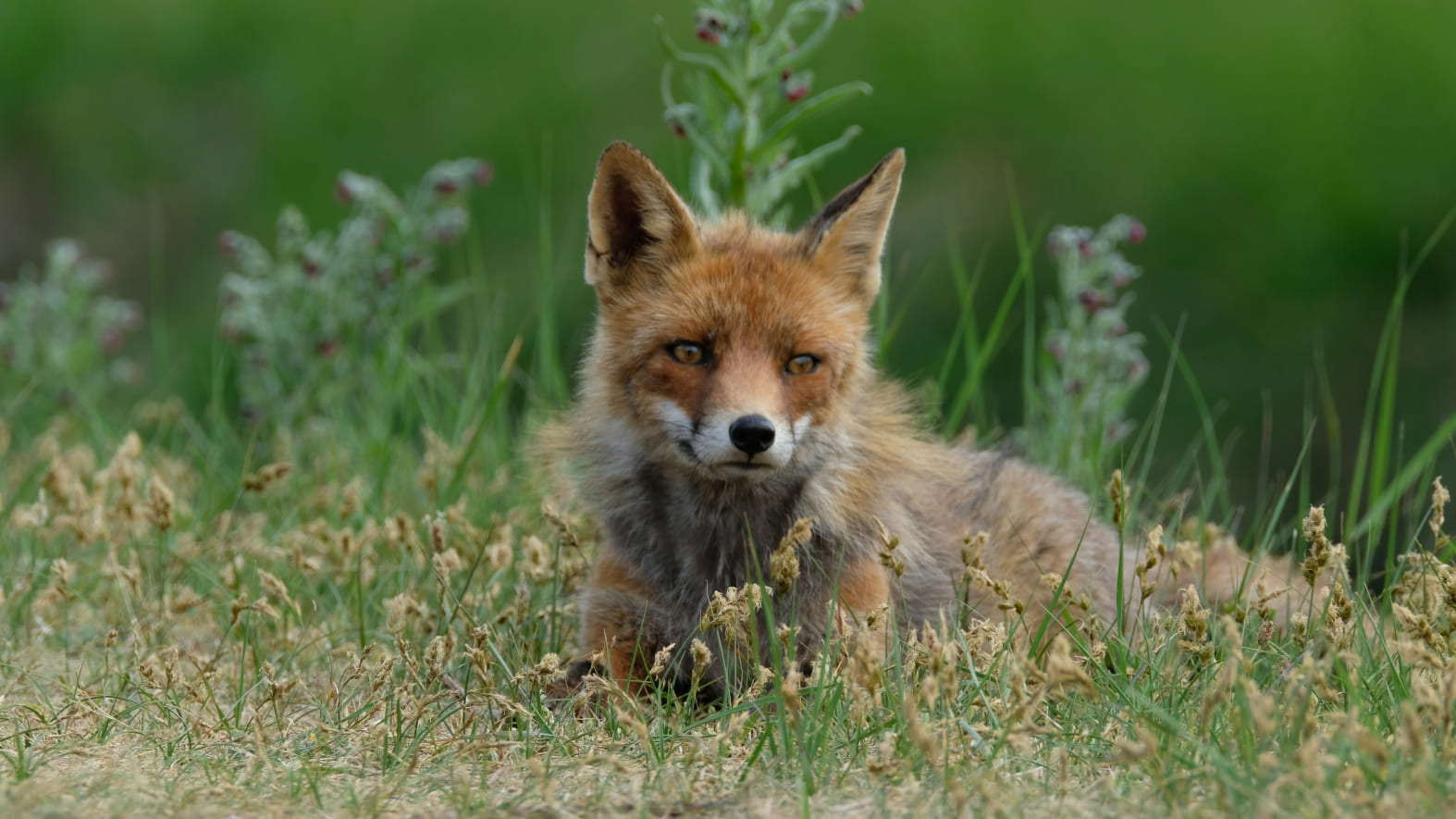
The Fox: Clever and Adaptable Hunter
Foxes are small to medium-sized omnivores known for their intelligence, agility, and adaptability. Found across many regions, from forests to urban areas, foxes are known for their bushy tails, pointed ears, and sharp features.

The Zebra: Striped Survivor of the African Plains
Zebras are iconic animals of the African savanna, known for their unique black-and-white stripes. These social herbivores are members of the horse family and have evolved to live in diverse environments, from grassy plains to mountainous regions.
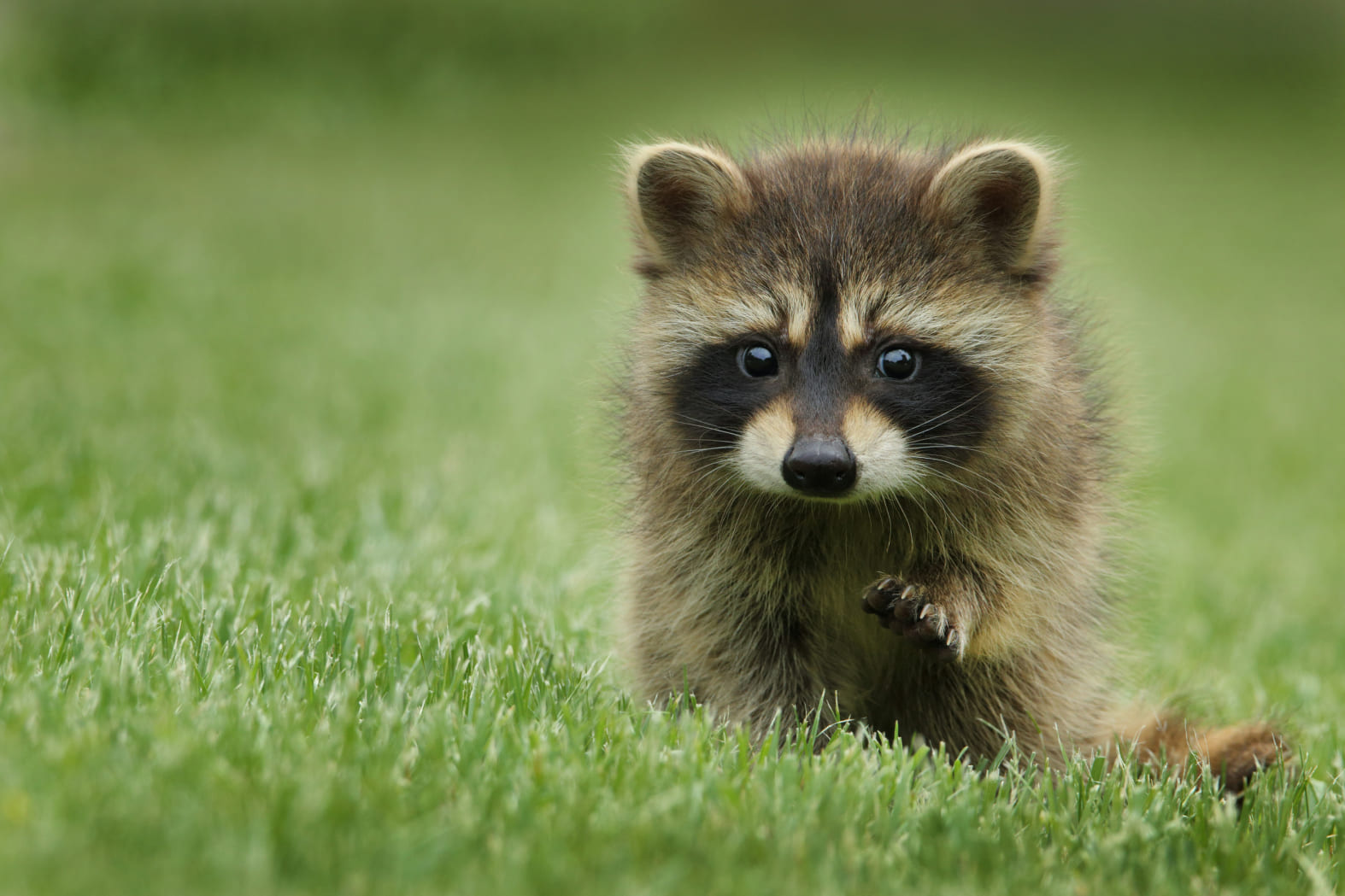
Dedicated to Wildlife and Habitat Protection
How Animals Communicate in the Wild

Animals use a variety of communication methods to survive and thrive. From vocal calls and body language to scent markings, each species has developed its own way of interacting with others. This communication helps animals find mates, warn of danger, and establish territories, playing a vital role in their social structures.
Habitats – The Diverse Homes of Wildlife
Habitats are unique ecosystems that provide animals with everything they need to survive, from food and shelter to mates and protection. Every species has adapted to specific habitats, whether it’s the dense tropical rainforest, the sprawling grasslands, or the shaded forest floor. A well-balanced habitat allows animals to thrive, offering them not only the right conditions for survival but also for fostering complex social behaviors and unique lifestyles. In this section, we explore the distinctive habitats of four fascinating animals—the hare, lemur, white-faced saki, and tiger—each adapted to a unique environment, illustrating the remarkable diversity of wildlife.
Adaptations: How Wildlife Thrives in Extreme Conditions
Nature has equipped animals with incredible adaptations to survive harsh environments. Desert animals conserve water and stay cool, while Arctic creatures have thick fur and fat layers to retain heat. These adaptations showcase the resilience of wildlife and their ability to thrive in diverse habitats.

